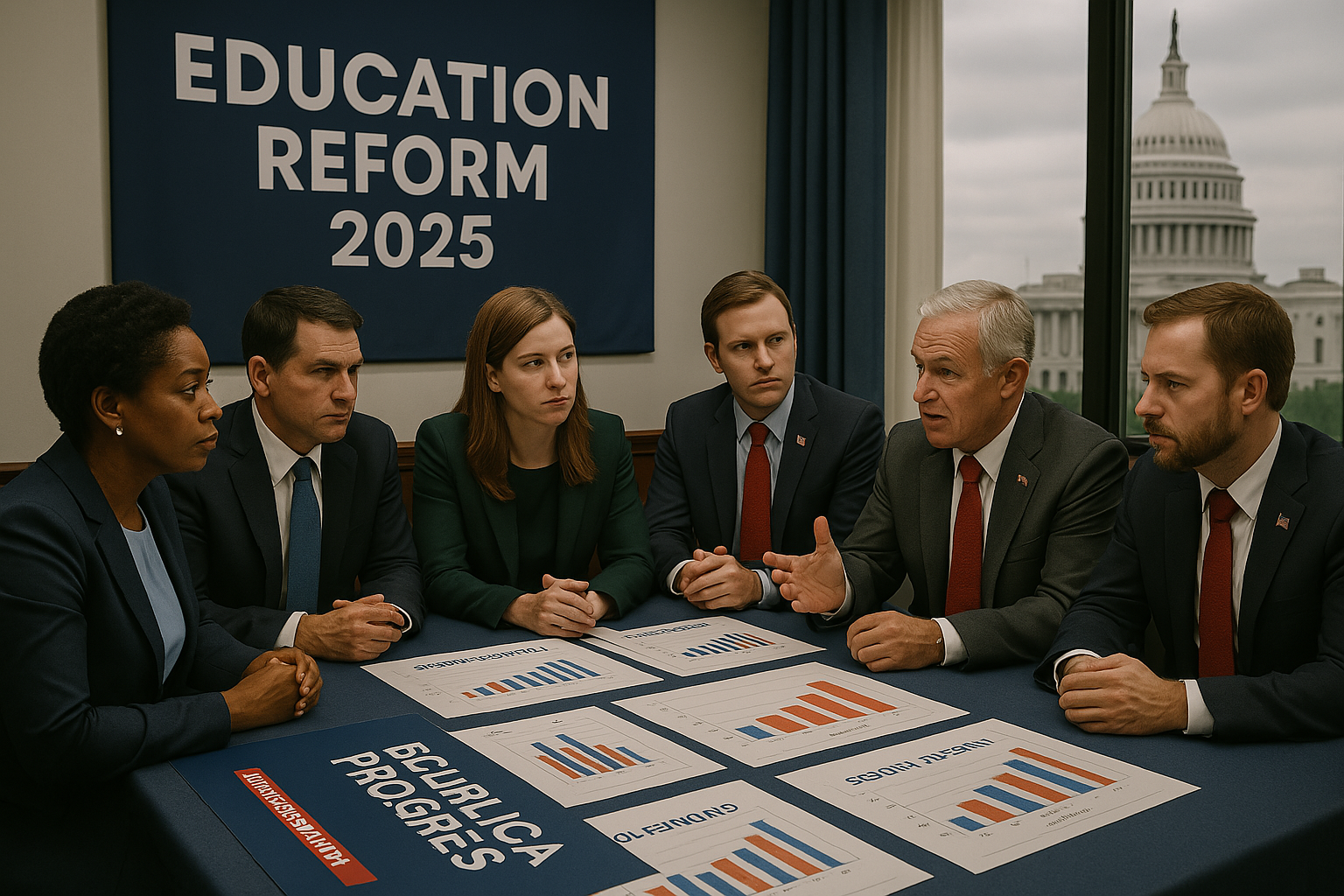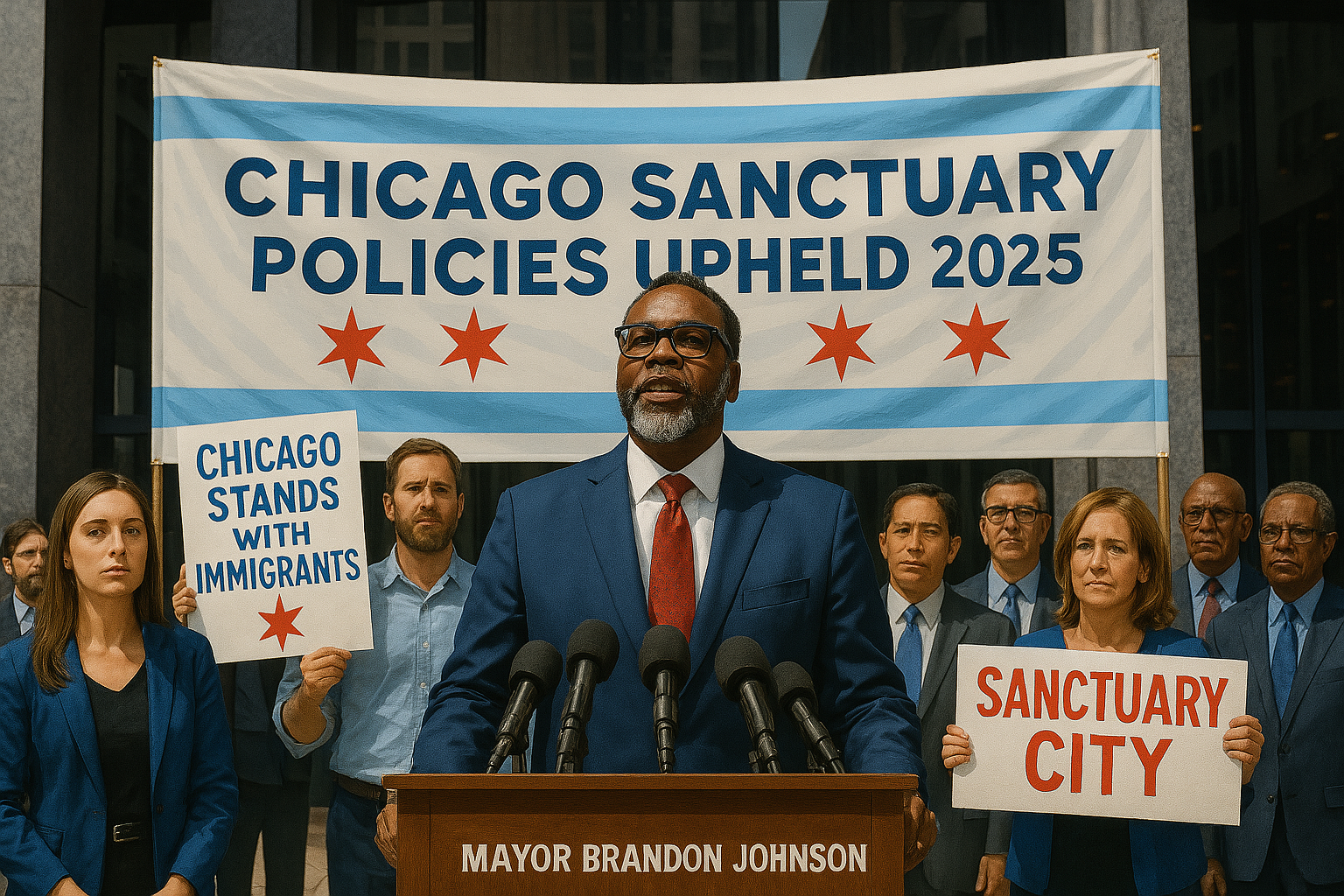Trump Federal Workforce Cut by Supreme Court Amid Global Tensions

WASHINGTON, D.C. – The landscape of American governance is undergoing a seismic shift this week. A landmark Supreme Court decision has paved the way for a substantial downsizing of the Trump federal workforce, while President Donald Trump simultaneously engages in high-stakes diplomatic efforts and issues bold economic threats on the international stage. This confluence of domestic and foreign policy manoeuvres signals a pivotal moment for the administration.
In a ruling that sent ripples through every federal agency, the U.S. Supreme Court has cleared the path for the Trump administration to proceed with its long-stated goal of reducing the federal workforce. The 5-4 decision, authored by Justice Neil Gorsuch, reinterprets long-standing civil service protections, granting the executive branch greater authority to hire and fire federal employees. This move, long anticipated by conservatives and dreaded by federal employee unions, could lead to the departure of tens of thousands of government employees. While the exact number remains fluid, the implications for federal operations are profound.
Critics, including the American Federation of Government Employees (AFGE), argue that such a move could cripple essential government services, politicize the civil service, and lead to a loss of invaluable institutional knowledge. Proponents, however, maintain it is a necessary step to streamline a bloated bureaucracy, increase efficiency, and fulfil a key campaign promise to “drain the swamp.” The ruling marks a significant victory for the administration’s agenda to reshape the federal apparatus, with the White House expected to issue new guidance to agency heads within days.
Simultaneously, President Trump has been deeply immersed in complex international diplomacy, attempting to broker a ceasefire between Israel and Hamas in Gaza. Following a recent flare-up of violence, the President has held multiple meetings with Israeli Prime Minister Benjamin Netanyahu and has been in communication with Egyptian and Qatari intermediaries. The White House has expressed cautious optimism about a potential breakthrough, but the situation remains volatile. The international community is watching closely as the U.S. endeavors to de-escalate tensions, a task complicated by the administration’s assertive foreign policy in other arenas.
Adding another layer to the week’s political narrative, President Trump has issued a stern warning to the BRICS nations (Brazil, Russia, India, China, and South Africa), threatening a 10% tariff on all imports from the economic bloc. Citing unfair trade practices, the President asserted that the group was “set up to hurt” the United States. This move signals a potential escalation in global trade tensions and is consistent with the administration’s “America First” economic policy. The announcement has already sparked debate among economists, with many warning of retaliatory tariffs and potential harm to global supply chains and consumer prices.
As Washington navigates these turbulent waters, the dual focus on domestic restructuring and assertive foreign policy underscores a defining moment in American governance. The decision on the Trump federal workforce will have long-lasting consequences for how the U.S. government operates, while the outcomes of the Gaza negotiations and the BRICS trade dispute will shape the nation’s standing on the world stage for years to come.










